June 23, 2025 | 15:38 GMT +7
June 23, 2025 | 15:38 GMT +7
Hotline: 0913.378.918
June 23, 2025 | 15:38 GMT +7
Hotline: 0913.378.918
Dinh Binh reservoir, located in Vinh Thanh district, Binh Dinh province, has a storage capacity of up to 226 million cubic meters. With a year-round abundant water supply, Dinh Binh is gradually being effectively utilized to develop cage fish farming within the irrigation reservoir, oriented toward commercial production and linked to a sustainable product consumption chain.
According to Mr. Huynh Viet Hung, Director of the Binh Dinh Agricultural Extension Center, cage fish farming in Dinh Binh reservoir began in 2011. Currently, more than 32 households in Vinh Hao and Vinh Hiep communes, as well as Vinh Thanh town (Vinh Thanh District), are engaged in freshwater fish farming within the reservoir. They operate around 460 cages with a total volume of 23,000 cubic meters, stocking 1.85 million fingerlings at a density of 80 fish per cubic meter. The main species include red tilapia, spotted featherback, hybrid catfish, and hemibagrus (a type of freshwater catfish). In 2024, the total commercial fish output is expected to reach 750 tons, of which red tilapia accounts for 600 tons.
Currently, the commercial fish raised in cages in Dinh Binh reservoir is primarily sold within Binh Dinh province, with additional sales to neighboring provinces and cities such as Da Nang, Gia Lai, and Kon Tum.
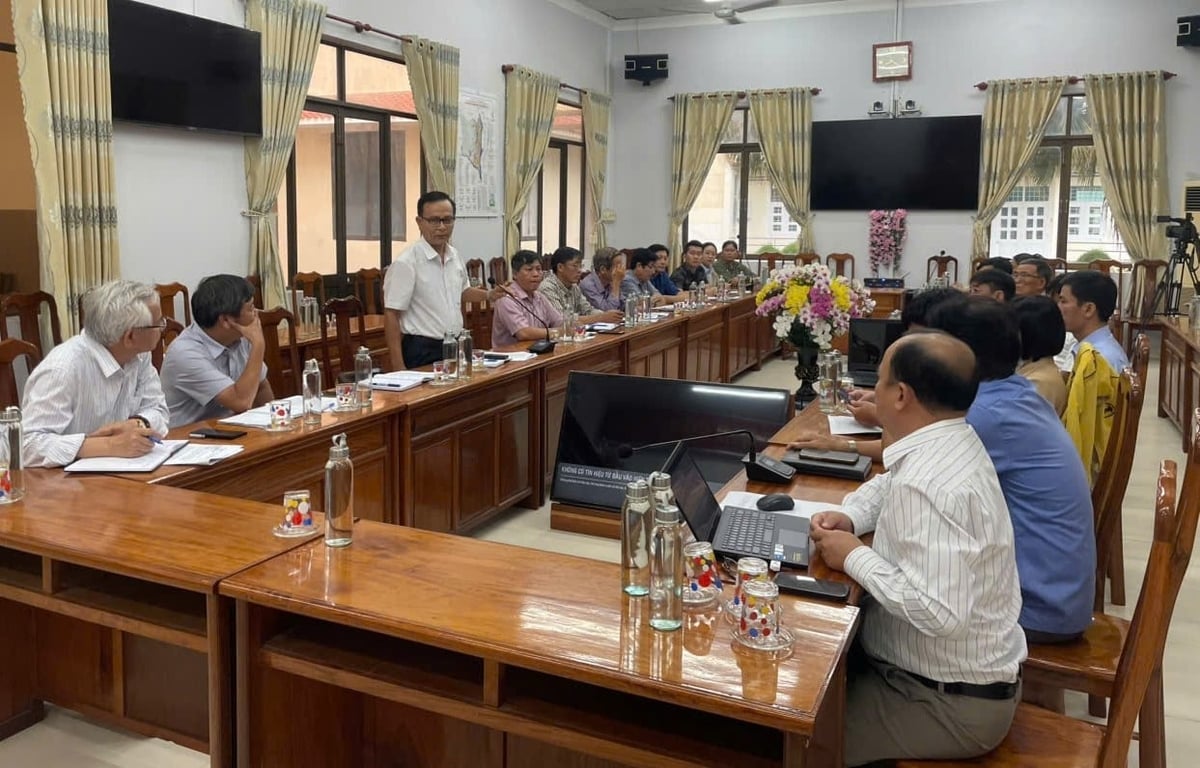
The Binh Dinh Department of Agriculture and Environment held a meeting to discuss the development of a red tilapia farming linkage chain in the Dinh Binh reservoir for export. Photo: V.D.T.
“The average weight of market-ready red tilapia is about 0.5 kg per fish. Cage fish farming on Dinh Binh reservoir has shown positive progress,” said Mr. Huynh Viet Hung. “However, at present, the 32 households farming fish here are still operating spontaneously, without forming any community organization. The farming methods vary widely, depending on each farmer’s preferences."
"Fingerlings, feed, and chemicals for disease prevention and treatment are all purchased individually, with no unified quality control. As a result, productivity remains unstable, production costs are high, and farmers rely entirely on middlemen for sales. This makes their income unpredictable, and the economic efficiency is not yet commensurate with the reservoir’s potential," Mr. Hung added.
In 2024, during a field visit to the freshwater cage farming model on Dinh Binh reservoir, organized by the Binh Dinh Agricultural Extension Center, Mr. Kosaburo Kimura, General Director of Mai Tin Binh Dinh Co., Ltd. (a 100% Japanese-invested company), bought a few kilograms of red tilapia. He had the fish processed into sashimi and canned before sending samples back to Japan for taste testing with potential partners.
Surprisingly, the feedback from Japan was very positive: the red tilapia had no muddy or weedy odor when eaten as sashimi and was found to be highly palatable. As a result, Mai Tin Binh Dinh Co., Ltd. expressed interest in purchasing the fish in large quantities.
“From now on, fish farmers in Dinh Binh reservoir must change their habits and adopt improved farming practices so that their products can meet food safety standards and become eligible for export,” Mr. Huynh Viet Hung emphasized.
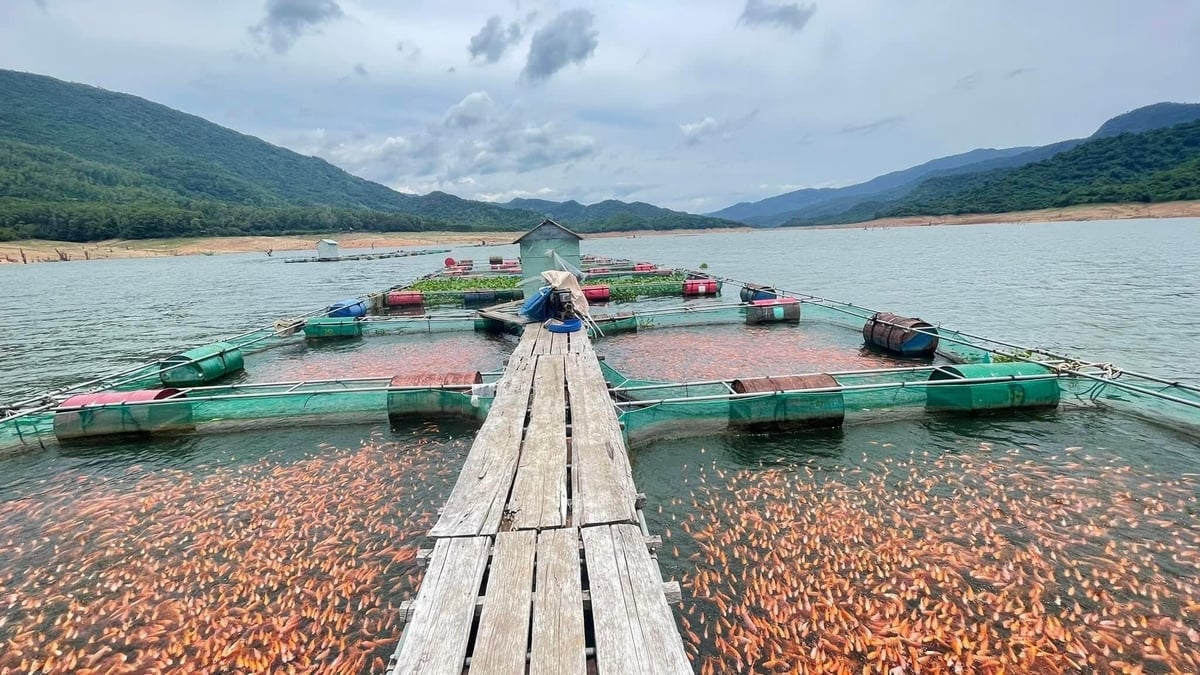
Currently, there are about 460 freshwater fish cages in the Dinh Binh reservoir, with red tilapia being the main species farmed. Photo: V.D.T.
According to Ms. Phan Bich Ngoc Hoa My, Deputy Director of Mai Tin Binh Dinh Co., Ltd., the company has successfully established connections with customers who are interested in importing red tilapia farmed in the Dinh Binh reservoir for export to the European market.
However, as the current farming conditions in the area do not yet meet the certification requirements for exports to Europe, Mai Tin Binh Dinh Co., Ltd. has requested support from the Binh Dinh Department of Agriculture and Environment to develop a red tilapia farming zone in Dinh Binh reservoir in accordance with food safety standards.
“We propose that starting from June 2025, red tilapia farmed in the Dinh Binh reservoir be included in the monitoring program for residues of harmful substances in aquatic animals and products intended for human consumption. At the same time, we seek support to develop a food-safe farming zone for red tilapia in the reservoir and guidance on procedures to ensure that the product meets export requirements in the near future,” Ms. Phan Bich Ngoc Hoa My shared.
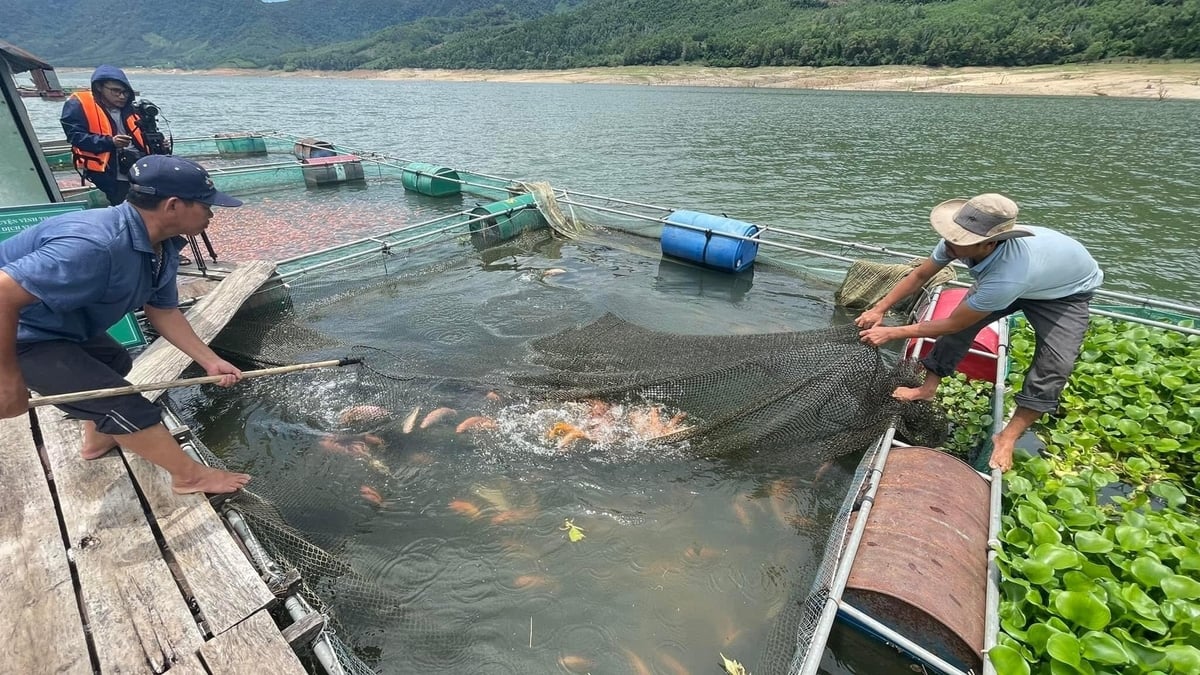
In 2024, the red tilapia farming in the Dinh Binh reservoir yielded 600 tons. Photo: V.D.T.
At the request of Mai Tin Binh Dinh Co., Ltd., on June 12, the Binh Dinh Department of Agriculture and Environment held a meeting to discuss solutions for building a production and consumption linkage chain for red tilapia farming in the Dinh Binh reservoir to serve export purposes.
According to Mr. Huynh Viet Hung, the Binh Dinh Department of Agriculture and Environment will assign the Provincial Agricultural Extension Center to organize the development of the linkage chain, as well as provide training and workshops for farmers on food-safe fish farming practices. Meanwhile, the Fisheries Sub-Department and the Sub-Department of Agro-Forestry and Fisheries Product Quality Management will guide farmers through the necessary procedures to ensure that red tilapia farmed in the Dinh Binh reservoir meets export requirements.
“Starting from June 2025, Mai Tin Binh Dinh Co., Ltd. will begin purchasing red tilapia farmed in the Dinh Binh reservoir. The company has already made an initial purchase of about 500 to 700 kilograms of red tilapia at prices ranging from 60,000 to 65,000 VND per kilogram,” said Mr. Huynh Viet Hung, Director of the Binh Dinh Agricultural Extension Center.
“Last year, the market price for commercial red tilapia was 50,000 VND per kilogram, but now it has increased to 60,000-65,000 VND per kilogram, which brings great joy to the farmers. In the near future, relevant authorities will continue to guide farmers on farming practices that meet export standards, which is even more encouraging because it ensures stable prices and market access,” shared Mr. Nguyen Nhi from Vinh Thanh town, who has over 10 years of experience farming freshwater fish in the Dinh Binh reservoir.
$ 1 = VND 25.889 - Source: Vietcombank.
Translated by Phuong Linh
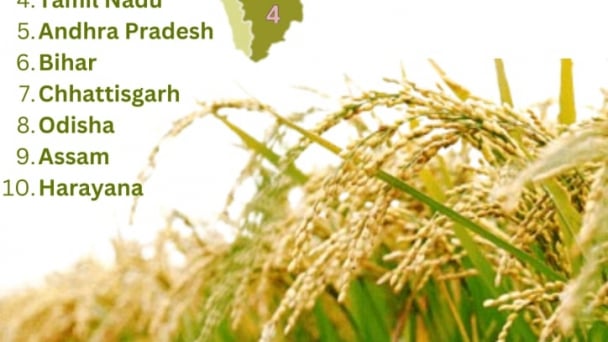
(VAN) Last week, the U.S. Department of Agriculture (USDA) released its June World Agricultural Supply and Demand Estimates (WASDE), raising projections for both Indian rice production and U.S. rice imports for the 2025/2026 marketing year.
/2025/06/17/2344-1-131758_261.jpg)
(VAN) Amid tariff risks and growing trade barriers in the U.S. market, Australia is emerging as a promising destination to sustain the growth momentum of Vietnam's shrimp exports.
/2025/06/17/2013-1-nongnghiep-112009.jpg)
(VAN) This notable growth trend reflects the global taste for fresh, nutritious fruits and the expanding use of lychees across various sectors.
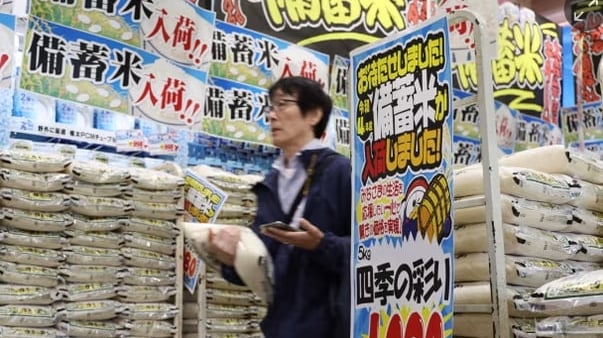
(VAN) The political and cultural insulation of Japan’s beloved grain is falling apart, and experts warn the country’s relationship with the staple will have to adapt.
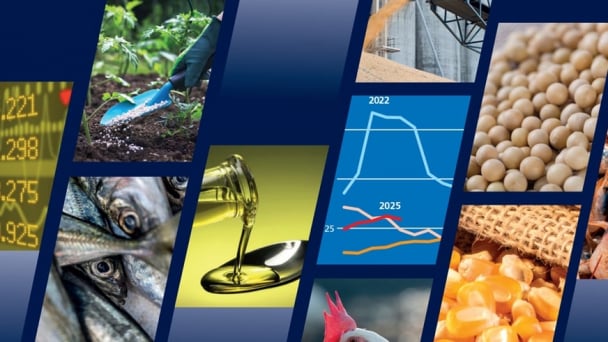
(VAN) Noting risks, report examines impacts of avian influenza, changing trade patterns since 2022, fish fraud, and shipping industry’s net-zero goals.
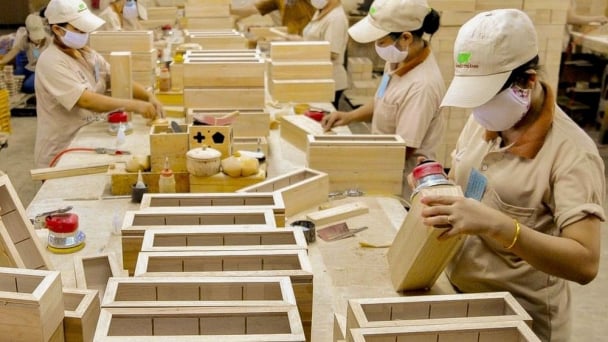
(VAN) Mr. Tran Quang Bao, General Director of the Forestry and Forest Protection Department, met and worked with the International Wood Products Association to promote cooperation in the field of timber trade.